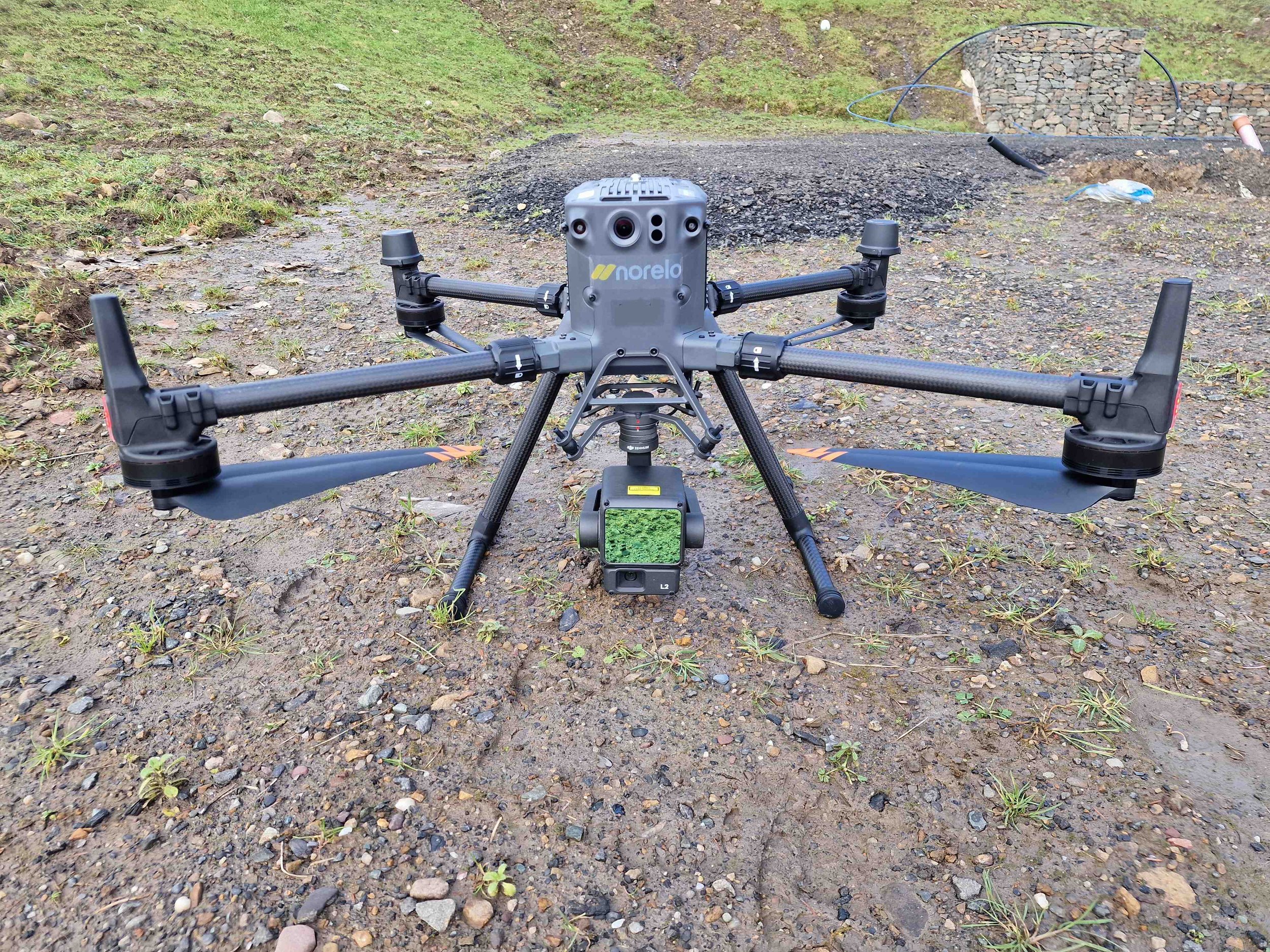
3D Terrain Mapping, Cut-Fill Analysis, Stockpile and Land Surveys
Precision Topographical Surveys by Norelo
Accurate Terrain Mapping and Data Analysis for Informed Decision-Making
Norelo offers topographical survey services, employing advanced drone and ground-based technologies to deliver precise terrain data and mapping. Norelo’s topographical surveys are essential for a variety of projects, including construction planning, land development, environmental studies, and infrastructure projects. By providing accurate and comprehensive data, Norelo help clients make informed decisions and optimise project outcomes.
Benefits of Norelo's Topographical Surveys
High-Precision Data Utilising a combination of terrestrial total stations and RTK-enabled drones, Norelo’s surveys offer centimeter-level accuracy. This precision is crucial for detailed mapping and planning, ensuring that all topographical features are accurately represented.
Comprehensive Terrain Analysis Norelo provide extensive data on land elevation, slopes, natural features, and built structures. This comprehensive analysis helps in understanding the site's topography, which is vital for design and engineering decisions.
Efficient and Safe Data Collection Norelo’s use of drones allows for rapid data collection over large or inaccessible areas, minimising field time and enhancing safety. This technology enables us to survey extensive areas efficiently, providing detailed results quickly.
Applications of Topographical Surveys
Land Development and Urban Planning Norelo’s surveys provide essential data for land development projects, including site grading, drainage planning, and zoning assessments. The detailed maps support urban planners in designing layouts that optimise land use and infrastructure placement.
Construction and Engineering Projects Accurate topographical data is vital for construction projects, from initial site assessment to final design implementation. Norelo’s surveys help engineers understand the site's constraints and possibilities, facilitating the design of stable and cost-effective structures.
Environmental and Geotechnical Studies In environmental and geotechnical studies, Norelo’s surveys identify natural features such as vegetation, water bodies, and geological formations. This information is critical for assessing environmental impact, planning conservation efforts, and conducting risk assessments.
Infrastructure and Utility Planning For infrastructure projects, including roads, bridges, and utilities, Norelo’s topographical surveys provide the detailed information necessary for planning and design. The data helps in route planning, identifying potential obstacles, and ensuring compliance with regulatory requirements.
Our Survey Process
Planning and Coordination Norelo start by understanding the specific requirements of the project and coordinating with relevant authorities for permissions. Norelo’s team develops a detailed survey plan, considering the site's unique characteristics.
Data Acquisition Norelo’s team uses a combination of RTK drones and terrestrial total stations to capture precise data. The drones provide aerial imagery and topographical data, while ground-based equipment ensures detailed measurements of key features.
Data Processing and Mapping Collected data is processed using advanced GIS and CAD software, producing detailed topographical maps and 3D terrain models. These outputs include contour lines, elevation points, and annotations for natural and man-made features.
Reporting and Support Norelo deliver comprehensive survey reports, including digital files (e.g., .DWG, .PDF) and 3D visualisations. Norelo’s experts are available to discuss the findings and provide recommendations based on the survey results.
Why Choose Norelo?
Norelo is a trusted provider of topographical survey services, known for precision, reliability, and use of the latest technology. Norelo’s commitment to delivering high-quality data and with expertise in survey techniques ensure that clients receive the best possible service.
Contact Norelo for Your Topographical Survey Needs
Ready to leverage Norelo’s topographical survey expertise for your next project? Contact Norelo today to discuss your specific requirements or request a quote. Norelo provide the detailed and accurate data you need for successful project planning and execution.
Norelo Ltd, is dedicated to delivering cutting-edge surveying solutions across the United Kingdom. Norelo’s team of seasoned professionals combines technical expertise with innovative technology to provide accurate, high-quality data, tailored to your project requirements.






